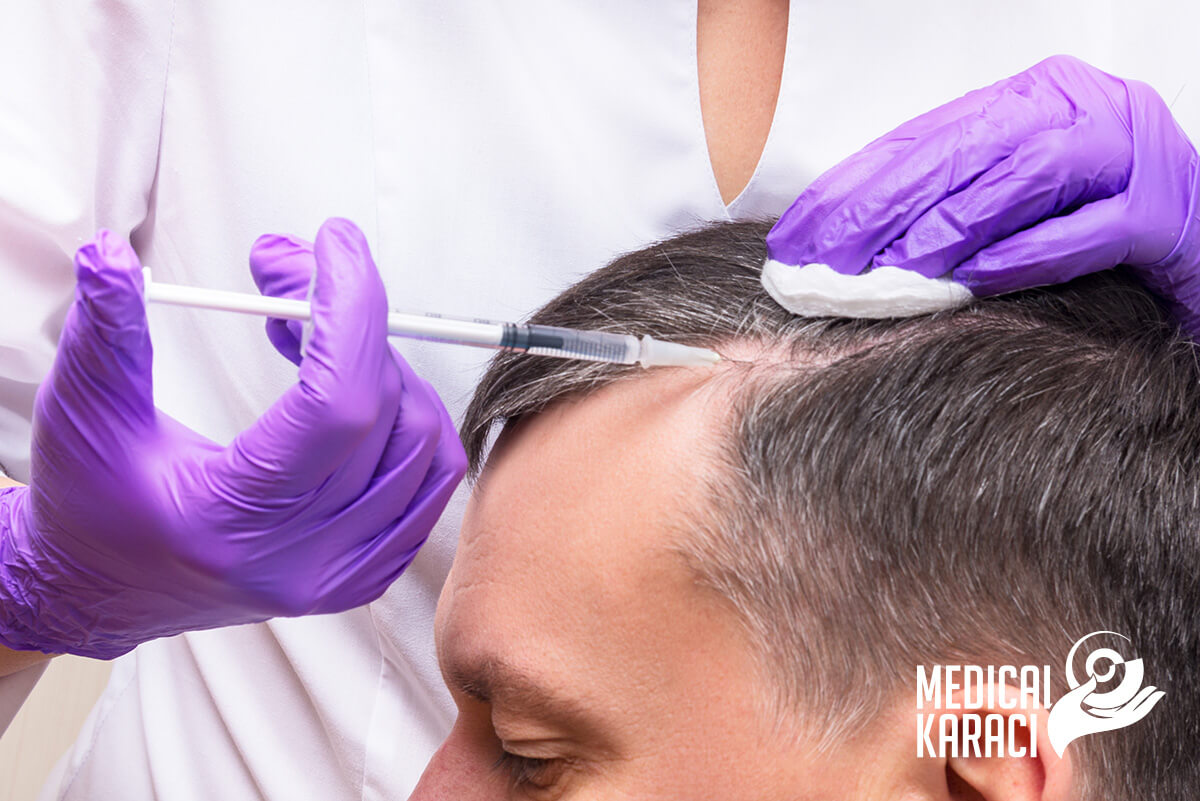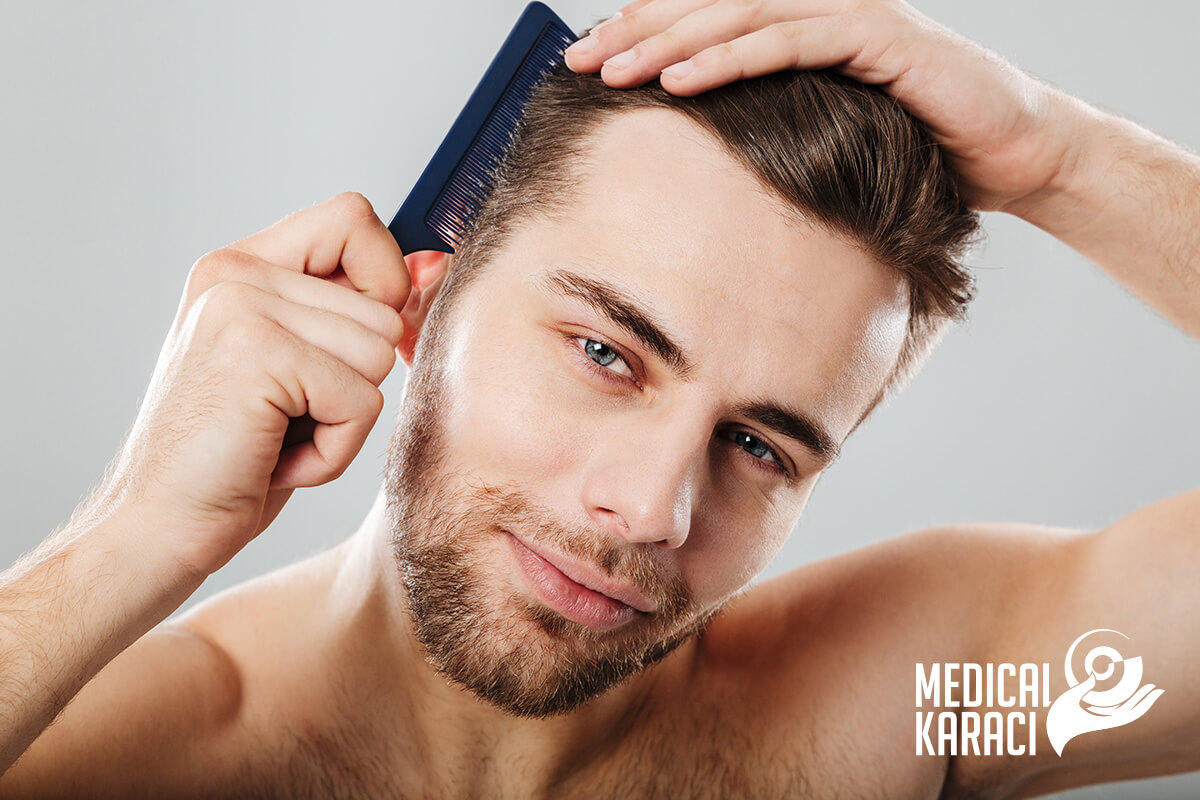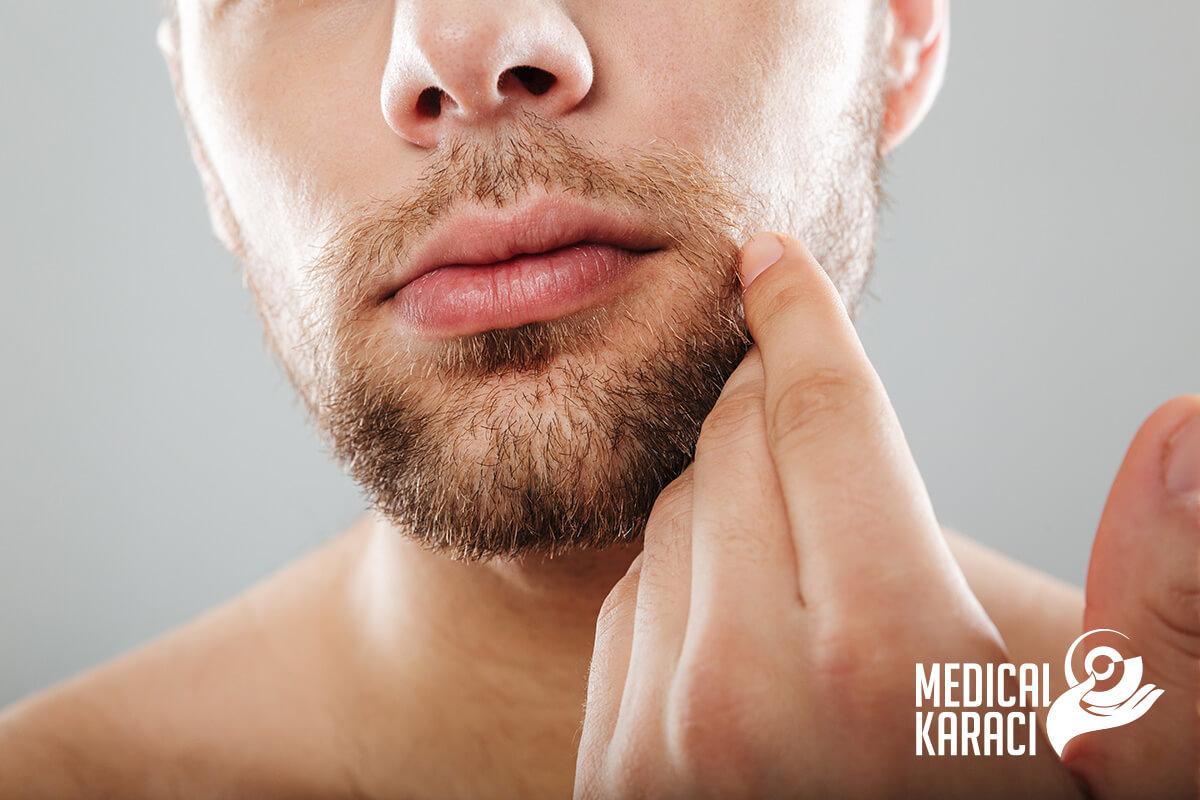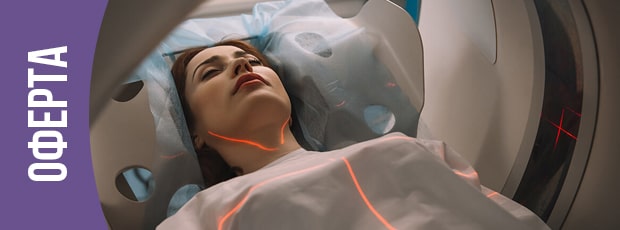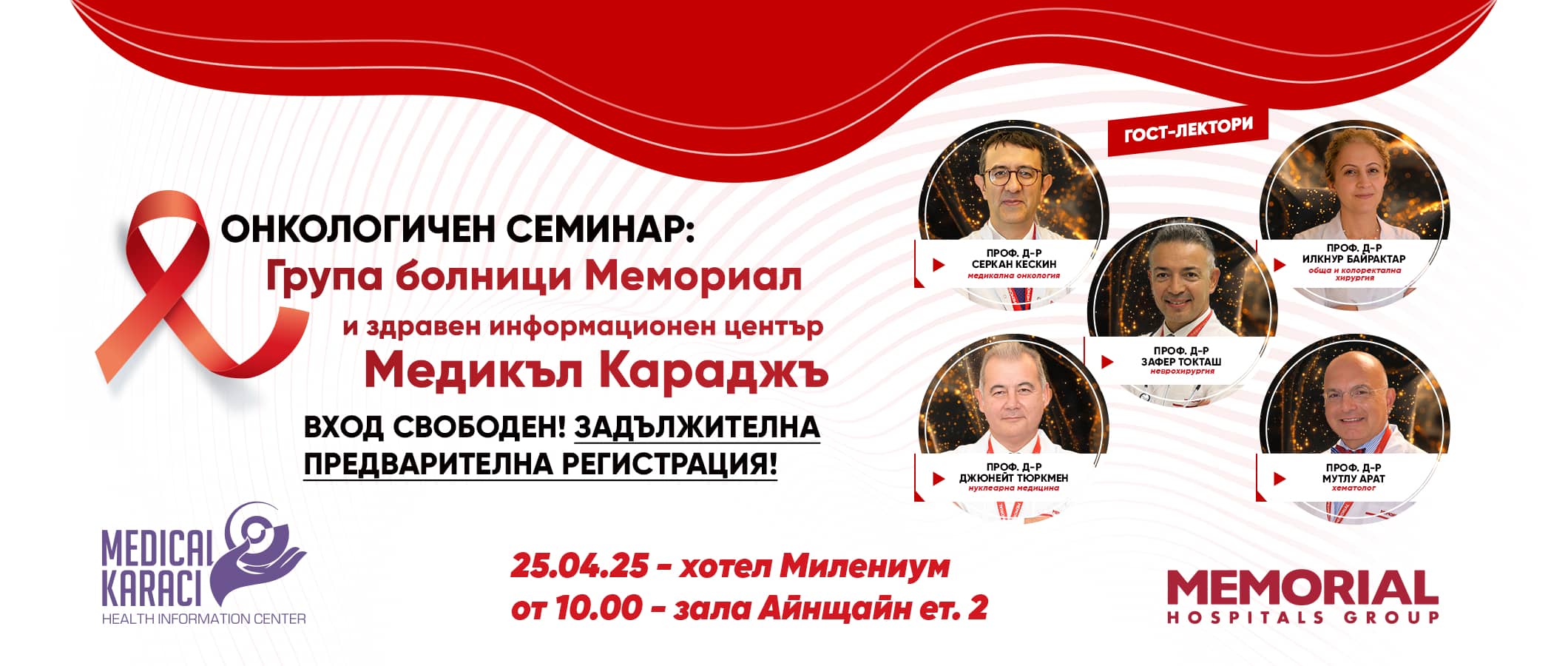Hair transplantation - what is it and since when does this procedure exist?
It is the process of transplanting existing healthy hair into the parts of the head where the hair is thinner and does not respond to any other treatments and methods of strengthening and thickening. Currently, hair transplantation is a very popular procedure that has been evolving since 1900; it is becoming an increasingly specialised healthcare procedure that is performed with high-tech professional equipment.
What methods are used in hair transplantation?
The old method is called FUT, and a newer one called FUE is increasingly preferred. It was discovered in 2004. It was originally performed with a pen-like device inserted into the skin at the depth of the hair root, and the follicular units were extracted one by one. Since this is time consuming, the procedure is now performed by an advanced robotic system that not only saves time, but reduces the risk of damage to the follicular units and provides greater comfort for the patient.
Currently, the hair transplant procedure is performed with the latest technology - Sapphire FUE (which is the use of a fine sapphire insert, through which microchannels are opened in the scalp and the recovery and formation of crusts is faster than the classic FUE method). The procedure is performed by a medical team.
What is the Sapphire Fue hair transplant method and how does it differ from the standard FUE method?
The preparation and the period after the Sapphire FUE hair transplant procedure and the standard FUE method are similar.
Where is the difference?
- The length of the recovery period in favour of Sapphire FUE
- The more natural look of hair
- In hair density
All thanks to the innovative hair grafting technology through a specially designed sapphire blade!
In the standard FUE method of hair transplantation, channels are opened in the scalp where hair follicles taken from the donor part will be transplanted. The channels are opened using a steel blade. This procedure is known for its success worldwide.
Fortunately, we have the opportunity to present an improved version of the FUE-method, which uses a sapphire blade - smooth and with precise ergonomics - to open MICRO-channels. This allows for multiple micro-channels to be created where the new hair will be, and the spacing between them is well precise, with no crowding.
How are hair follicles extracted?
First, similar to FUE, a special fluid is injected that causes tumescence -lifting of the scalp skin from the bone.
The follicles are extracted from the donor area one by one using a micro-impact generating motor.
The blades have lengths from 1,0 -1,3 - 1,5mm. Microchannels of the same length as the hair follicles are created, after which the hair follicles are precisely transplanted into the grooves. In this way, more channels can be opened, allowing the follicles to be transplanted close to each other. The channels have a huge influence on the density, angle and direction of hair growth, which is also decisive for obtaining the natural appearance of the new hair. The natural hair growth angle is 40-45 degrees. If the hair follicles are transplanted perpendicular to the scalp, at the cost of obtaining density, it will create an obstructed appearance with unnatural results. Fortunately, the Sapphire Method allows extreme precision in follicle spacing, direction and length.
More advantages of the hair transplant method?
- Suitable for people with allergies to metal, but wishing to have beautiful thick hair.
- The smooth surface of the sapphire blades also have antibacterial properties, which minimizes the risk of infection during and after the procedure.
- The vibrations produced by the motor are less intense, which prevents unnecessary trauma to the scalp.
- Accessibility for people with progressive balding, with guaranteed natural effect and high density.
- Faster tissue recovery and skin with a smooth surface.
Due to the fact that the length of the grooves correspond to the length of the hair follicles, no displacement or movement of the follicles is possible after the procedure. This preserves the angle of growth and ensures a natural appearance.
Who can undergo hair transplantation procedures? Who can perform such a procedure? Where is it good to undergo such an intervention?
Hair transplantation should be performed on patients who are approved by a specialist. Opinions that patients make for themselves are not enough. The operation must necessarily be performed in an operating room. The operating team must be composed of a specialist and the necessary number of nurses and anaesthetists.
Is anyone who has a hair loss problem suitable for hair transplantation?
Unfortunately, no... It is a good idea to be informed that you may be denied this hair transplant procedure if your medical examination and hair analysis show that you are not suitable to undergo such an intervention. For such patients, we can mainly recommend medical treatments such as mesotherapy for hair, thermotherapy, and home care products. Sometimes, according to the list of recommendations, we prescribe a medical shampoo that is best suited to the patient's condition.
What are the things patients should be careful about after they decide to undergo hair transplant surgery?
Patients should do detailed research and choose the right place and time. After doing the necessary research, patients should visit a doctor for a primary examination. If the conditions are suitable for hair transplant, patients should share their idea with their family and friends. The approval of parents, spouses and children can be especially reassuring to patients. After the hair transplant surgery, the patient should visit their doctor regularly and strictly follow his or her recommendations.
Can hair transplants be done on women?
Of course it can. One in ten patients who undergo a hair transplant is a woman. And today, through a special method that is being applied for the first time in the world, hair transplants can be performed on women without cutting their hair using the FUE method.
Can you update us on the hair transplant process?
First of all, it is extremely important to plan every detail related to the transplant - the number of grafts, their distribution, the hairline, the number of sessions, the necessary blood tests and examinations, etc. You should have photographs taken from different sides and a plan drawn of the distribution of the grafts on the scalp, after which photographs are taken again. Anaesthetic consultation is also an important part of preparation for all patients. Examination by a specialist is mandatory, as is close supervision throughout the operation. A blood test is done in the morning.
You will be given a local anaesthetic so that you do not feel pain at any of the treatment sites. When the follicular units are extracted, the anesthetized area is dilated with a special fluid. This allows the robotic system to remove the grafts more easily and increase their number. It is possible to extract about 1000-1500 roots per hour, with each patient being individual.
In order to graft the grafts, the hair ducts in the area where the transplant will be performed are opened. The angle of hair growth must be carefully examined by an aesthetic specialist to make the hair look as natural as possible. Approximately 2500-3000 grafts are transplanted in one hour, during this time the patient can listen to music or watch television.
The final stage occurs when the roots removed in the first phase are implanted in the canals opened in the second phase. The grafts have been previously placed in a container with a special liquid where they are stored in a sterile environment. When implanting the grafts, it is extremely important to observe their order so that your hair has the most natural appearance. The grafts are grouped into those with one, two and three hairs. Single grafts are placed in the front hairline, while double and triple grafts are placed further back, with fewer channels opening up. This is the natural look of each hair.
The transplantation is usually performed by two or even three specialists to allow the grafts to be implanted as quickly as possible after removal from the sterile environment.
Stages after hair transplantation
- 3 weeks after surgery, the grafted hairs start to fall out, leaving their roots in the scalp, in fact this is a process of "detachment".
- The hair begins to grow 90 days after transplantation.
- In approximately 8-10 months you will have new hair!
In successful procedures, only 3% of the grafts did not grow.
What are the things patients should be careful about after surgery?
The night after surgery and the next day, the patient should rest at home and lie down. The first night you may have difficulty sleeping. The important thing is to lie on your back and make sure that the areas where the hair has been grafted do not have any contact with anything. It is necessary to place ice packs on the forehead and around the eye area to prevent swelling. Patients should avoid any contact with the areas from which hairs were taken for the transplant. It is necessary to wear a hat when going outside, for approximately two weeks.
The first washing of the hair should be in the clinic under specialized supervision. This should occur a minimum of 24 hours and a maximum of 72 hours after surgery. A softening lotion is applied to the areas where hair has been transplanted and then a special medical shampoo is applied to all the hair. This process must be carried out extremely carefully, after which the hair must be dried very gently. Preferably, the area from which the grafts were taken should be cleaned with an ampoule of rifampicin or antiseptic solution for the first 3 days. In the following days, you should wash your hair daily with a special medical shampoo, and 15 days after the transplant, if you wish, you can return to your usual frequency of washing your hair.
Although the serum that is transfused during your surgery provides you with all the necessary medications to prevent pain and discomfort, it is not sufficient for prevention after all procedures are completed. Therefore, additional antibiotics (5-7 days), pain relievers and anti-inflammatories (1-3 days), anti-edema medications (4 days) and antiseptic medications (3 days) are prescribed.
Do patients feel any pain?
Hair transplant surgery is performed under local anesthesia. Thus, patients do not feel any pain. They can take painkillers after the surgery as it will subside in a few hours.
Will there be any scarring or thinning of the hair on the back of the neck when the hairs are removed?
The operation, performed by the FUT method, leaves scars on the back of the neck. But under the new FUE method, there will be no such problems. Since the roots are removed in a special proportion, the thinning of the hair will be imperceptible.
When the implanted hair starts to grow, is it permanent?
For the first two weeks after surgery, patients should wash their hair every day. At the end of the second week, the grafted hairs begin to fall out, leaving their roots inside the scalp. Around the beginning of the third month, the implanted hairs begin to grow and become visible. 40% of hair grows out between the fourth and sixth months, 60% grows out between the sixth and eighth months, and 90% at the eighth to tenth months. It takes approximately one year for the patient to see the full effect of the hair transplant procedure.
What are the factors affecting the growth of transplanted hair?
The right patient and the right place... If a hair transplant is performed on a patient who is not suitable for such an intervention, the result will not be good. The result will also not be good if you undergo the operation in a place that does not offer the necessary conditions and a competent team. The right patient, the right team, the right place...
Is it possible to need a second medical intervention once the transplant has been done?
People with serious balding problems may need more than one session. In this case, it is better to wait 8 months until the next hair transplant.
Beard Transplant:
The beard has a big impact on identity. It is an expression of our way of life,our radiation and our psychology. Beard transplantation is a cardinal solution to the problems arising in case of lack of beard or conditions related to wounds, burns, etc. In a beard transplant, roots separated from the donor area are transferred to the selected area. In the FUE method, hairs are taken from healthy and intact donor parts.
Eyebrow transplantation:
Eyebrows are the finishing touch to the overall look. Eyebrow transplantation removes the tired look.The main cause of eyebrow balding is not clear.Nevertheless, nowadays the transplantation of eyebrows lost due to disease, accident or wrong depilation is offered. Follicles are extracted from the skin of the donor area,showing the highest degree of similarity to the eyebrow structure, to maximize a natural finish.
Mustache transplantation:
Moustache transplantation is particularly popular in Middle Eastern countries, where moustaches are valued by men as a symbol of maturity and masculinity. Only expert doctors can undertake this procedure, which takes two to four hours. Donor hair is usually taken from the back of the scalp, as it most closely resembles the texture of a beard. After numbing both areas, the doctor takes grafts from the scalp and transplants them to the facial area. This is achieved with high precision as the doctor has to place the hairs in the direction of the beard growth. The transplanted hairs will fall out in approximately one month, after which the new roots will begin to grow within about three months. It takes about one year for the hairs to fully grow. After the transplantation, it is possible to shape your beard according to your choice and taste.


